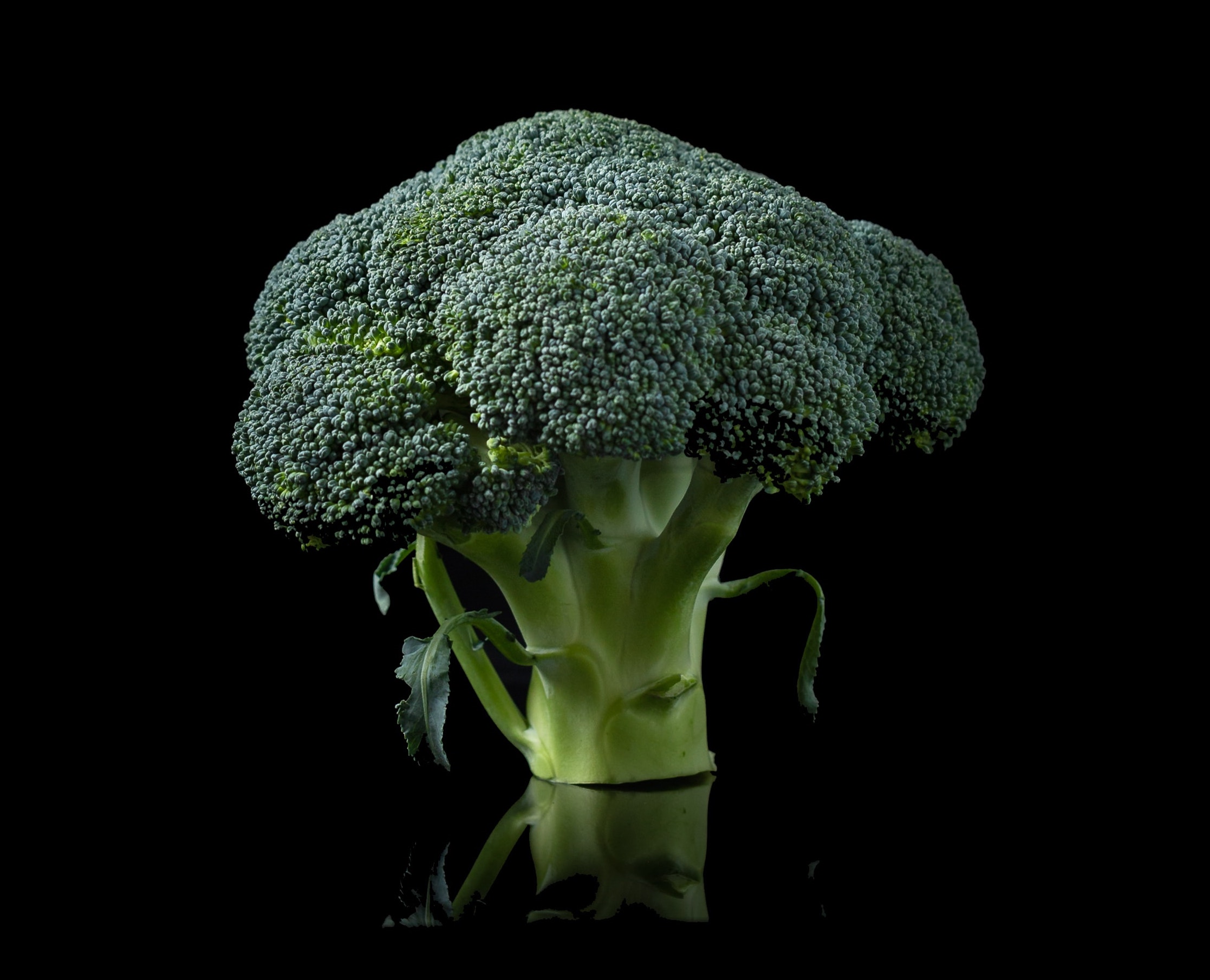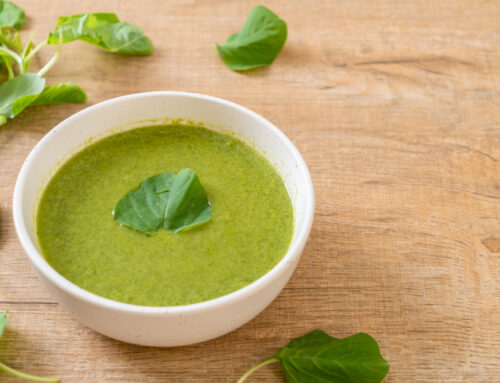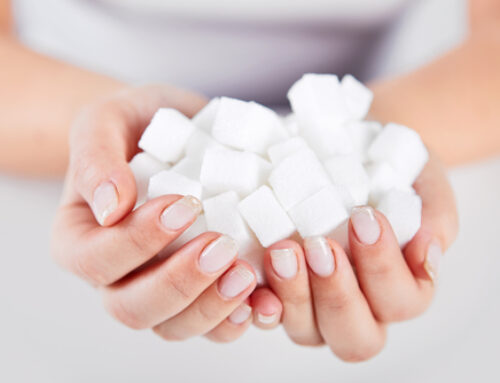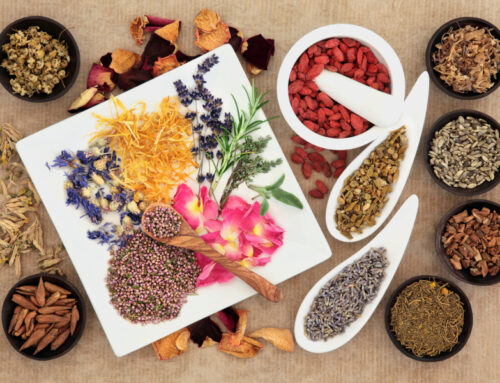By Dr. Kathleen Regan, ND
I have always been intrigued by the connection between cancer and nutrition. I have written many articles on diet and health but have rarely focused on the relationship between food and cancer. It is certainly something I think about and talk about to patients in the context of prevention and adopting an anti-inflammatory diet.
Recently, I have been affected personally by a number of cancer diagnoses in my own family where there was no prior family history. This has driven me to delve deeper into the connection between diet and cancer. The rising number of cancer cases worldwide is alarming, with the World Health Organization (WHO) predicting a 70% increase in new cancer cases over the next 20 years (1).
Our modern lifestyle, including the chemicals we are exposed to and consume, farming practices, and environmental management, significantly influences our global cancer risk. Additionally, as our population ages, cancer, which can be an age-related disease, becomes more prevalent. Our immune system is a crucial defence against cancer, yet many contemporary practices weaken this vital system. Listing all potential cancer-causing elements in our environment can be overwhelming.
This is why I like talking about lifestyle and nutrition. You can modify your habits (with a little support) and you can control your own kitchen. Positive change starts at home and nutrition is an impactful, empowering place to begin.
So, what are the facts? An estimated one-third to one-half of cancers could be prevented by healthy lifestyle choices such as eliminating tobacco use, maintaining a healthy body mass index (BMI), maintaining an active lifestyle, increasing fruit, vegetable and fibre consumption and moderating alcohol consumption (2,3).
Tobacco Use:
Smokers have an estimated 25-fold risk of developing lung cancer as compared with people who have never smoked (4). The American Surgeon General’s Report indicates that after 10 years of quitting smoking an individual will cut their risk in half. Smoking is linked to many types of cancer, not just lung cancer, including cancers of the mouth, throat, esophagus, pancreas, bladder, and kidney. The chemicals in tobacco smoke damage DNA and weaken the body’s immune system, making it harder to fight off cancer cells. Quitting smoking significantly lowers the risk of these cancers, regardless of how long a person has smoked.
In addition to reducing cancer risk, quitting smoking improves overall health, reducing the risk of heart disease, stroke, and respiratory illnesses. The benefits of quitting smoking are both immediate and long-term, leading to better lung function, improved circulation, and a stronger immune system. There is no moderation with smoking; quitting is the best strategy to reduce your cancer risk and improve your overall health.
Healthy Body Mass Index:
The International Agency on Cancer Research (IARC) put together a working group in April 2016 to update a previous study on the preventative effects of weight control in relation to cancer. This group reviewed over 1000 studies from around the world and confirmed previously reported findings that overweight or obese individuals are at higher risk for developing cancer of the esophagus, colon, breast (postmenopausal), endometrium, and kidney. The 2016 update also reported associations between higher BMI and risk of 8 additional cancers: gastric cardia, liver, gallbladder, pancreas, ovary, thyroid, multiple melanoma, and meningioma (5).
Increased Body Mass Index or being overweight is heavily influenced by diet and lifestyle. It is a complex health concern as other factors such as hormones, genetics, environment and stress all play a role. Regardless of your success with weight loss, the recommended lifestyle change including increased fibre, fruit and vegetable, reduced red meat, sugar and alcohol as well as increased physical activity will reduce your cancer risk.
Physical Activity:
The 2008 Physical Activity Guidelines for Americans recommend:
- a minimum of 150 minutes of moderate-intensity or 75 minutes of vigorous-intensity aerobic activity each week.
- 2 or more muscle-strengthening activities involving all major muscle groups per week for overall health benefits (6).
Physical inactivity has been recognized as a global problem that causes an estimated 10% of breast and colon cancers and 9% of premature mortality overall (7). A 2016 publication combining data from 1.44 million participants reported a protective effect of higher levels of moderate-vigorous intensity physical activity against 13 different types of cancers. Risk reduction was significant – 20% or greater for 7 different cancers (8).
Regular physical activity can help manage fat and weight gain, which will help with maintaining a healthy body mass index (BMI). Maintaining a healthy BMI can reduce the risk of various cancers and improve overall nutritional health. Engaging in regular exercise also supports the immune system, helping to fight off potential cancer cells more effectively.
Combining physical activity with good nutrition, such as a diet rich in fruits, vegetables, and fiber, further boosts cancer prevention efforts. Cancer centers and health professionals often recommend these lifestyle changes to support patients in managing their health and reducing cancer risk. Understanding the impact of nutrition and exercise on cancer prevention can empower individuals to make informed choices about their health.
Diet:
It is generally thought that roughly 20% of cancers could be attributed to diet and related factors, including obesity (9). Studying diet can be challenging and it is hard to study foods in isolation. Therefore, most studies on diet and cancer focus on dietary patterns rather than specific foods.
In 2012, the American Cancer Society made dietary recommendations for cancer prevention including recommending diets that are plant-based, with at least 2.5 cups of fruit and vegetables daily, whole grains over refined grain products, and cautioning that consumption of alcohol, high-calorie foods and beverages, and processed and red meat should be limited (10).
Other resources, including The Continuous Update Project from the World Cancer Research Fund/American Institute for Cancer Research (WCRF/AICR) suggest a much higher amount of fibre, fruit and vegetables:
- Consuming a diet with over 30g of fibre per day
- Including in every meal foods containing whole grains, non-starchy vegetables, fruit and pulses (legumes) such as beans and lentils
- Eat a diet high in all types of plant food including 400g of non-starch fruit and vegetables (roughly 5 servings).
You likely can’t have too much fruit and vegetables. Trying to get close to 8 servings per day is a worthwhile goal.
There are other links between foods and specific cancers (11, 12, 13). For example:
- Increased risk of colorectal cancer: 17% per 100 g per day of red meat and 18% per 50 g per day of processed meat (11).
- Reduced risk of mortality in breast cancer with diets high in fiber and soy (yes… soy!) (12).
- Reduced risk of colorectal cancer for diets high in fiber-containing foods (13).
- Reduced risk of oral, pharyngeal, and laryngeal cancers with diets high in non-starchy vegetables (13).
- Reduced risk of oral, pharyngeal, laryngeal, and lung cancers with diets high in fruits (13).
- Reduced risk of colorectal cancer with diets high in garlic and calcium (13).
- Reduced risk of liver cancer and endometrial cancer with increased coffee consumption (13).
Alcohol
The Continuous Update Project (WCRF/AICR) put forth a report on the link between alcohol consumption and cancer and summarized the strong research indicating (13):
- Alcoholic drinks increase the risk of oral, pharyngeal, laryngeal, esophageal and breast cancer. Excessive alcohol intake has a significant impact on cancer treatment outcomes and can complicate the recovery process for cancer patients.
- 2 or more alcoholic drinks per day increase the risk of colorectal cancer. Those with a family history of this disease need to monitor their alcohol consumption closely.
- 3 or more alcoholic drinks per day increase the risk of stomach and liver cancer. These cancers can severely affect nutrition needs, requiring careful dietary management by a registered dietitian.
- However, 2 drinks per day reduces the risk of kidney cancer.
The reality is that avoiding alcohol altogether has many health benefits including dramatically reducing the risk of various cancers. The World Health Organization estimated that the harmful use of alcohol resulted in approximately 3.3 million deaths in 2012 and that 4% to 25% of the global cancer burden could be attributed to alcohol consumption (14). But if you cannot eliminate alcohol, follow your national guidelines for alcohol consumption.
Final Thoughts
As a healthcare provider with a focus on nutrition, I am enthusiastic about the profound impact of food on health. I believe that the evidence speaks loudly about the importance of diet in cancer prevention. Maintaining a healthy body weight, reducing toxic burden, and supporting the microbiome and immune system are all benefits of eating according to the recommendations listed above. Most importantly, making these changes is an accessible and concrete way you can improve your long-term health and reduce your cancer risk at the same time.
Nutrition and Cancer: How Our Naturopathic Services Can Help
This blog provides valuable insights into how dietary choices can influence cancer risk and offers practical advice for prevention. By understanding the impact of nutrition on cancer, you can make informed decisions to improve your health. At Innate Wellness, we offer a range of naturopathic services, including personalized nutrition plans and lifestyle advice, to support your overall well-being and help reduce your cancer risk. If you are in search of guidance on foods to combat cancer, a diet to support your well-being or more information on the connection between cancer and nutrition, contact us today to schedule a consultation.
References
- World Health Organization. Cancer fact sheet. http://www.who.int/mediacentre/factsheets/fs297/en/.
- Katzke VA, Kaaks R, Kühn T. Lifestyle and cancer risk. Cancer J. 2015;21:104-110.
- Song M, Giovannucci E. Preventable incidence and mortality of carcinoma associated with lifestyle factors among white adults in the united states. JAMA Oncol. 2016;2:1154-1161.
- Centers for Disease Control and Prevention. The Health Consequences of Smoking—50 Years of Progress: A Report of the Surgeon General. Atlanta, GA: Centers for Disease Control and Prevention; 2014
- Lauby-Secretan B, Scoccianti C, Loomis D, Grosse Y, Bianchini F, Straif K. Body fatness and cancer: viewpoint of the IARC Working Group. N Engl J Med. 2016;375:794-798.
- US Department of Health and Human Services. Physical Activity Guidelines for Americans. Washington, DC: US Department of Health and Human Services; 2008.
- Lee IM, Shiroma EJ, Lobelo F, Puska P, Blair SN, Katzmarzyk PT. Effect of physical inactivity on major non-communicable diseases worldwide: an analysis of burden of disease and life expectancy. Lancet. 2012;380:219-229.
- Moore SC, Lee IM, Weiderpass E, et al. Association of leisure-time physical activity with risk of 26 types of cancer in 1.44 million adults. JAMA Intern Med. 2016;176:816-825.
- Blot WJ, Tarone RE. Doll and Peto’s quantitative estimates of cancer risks: holding generally true for 35 years. J Natl Cancer Inst. 2015;107(4).
- Kushi LH, Doyle C, McCullough M, et al. American Cancer Society guidelines on nutrition and physical activity for cancer prevention. CA Cancer J Clin. 2012;62:30
- Bouvard V, Loomis D, Guyton KZ, et al. Carcinogenicity of consumption of red and processed meat. Lancet Oncol. 2015;16:1599-1600.
- World Cancer Research Fund & American Institute for Cancer Research. Diet, Nutrition, Physical Activity and Breast Cancer Survivors. Washington, DC: American Institute for Cancer Research; 2014
- World Cancer Research Fund & American Institute for Cancer Research. Food, Nutrition, Physical Activity, and the Prevention of Cancer: A Global Perspective. Washington, DC: American Institute for Cancer Research; 2007.
- World Health Organization. Global Status Report on Alcohol and Health. Geneva, Switzerland: World Health Organization; 2014.
Resources
Arem H, Loftfield E. Cancer Epidemiology: A Survey of Modifiable Risk Factors for Prevention and Survivorship. Am J Lifestyle Med. 2017;12(3):200–210. Published 2017 Mar 28.






